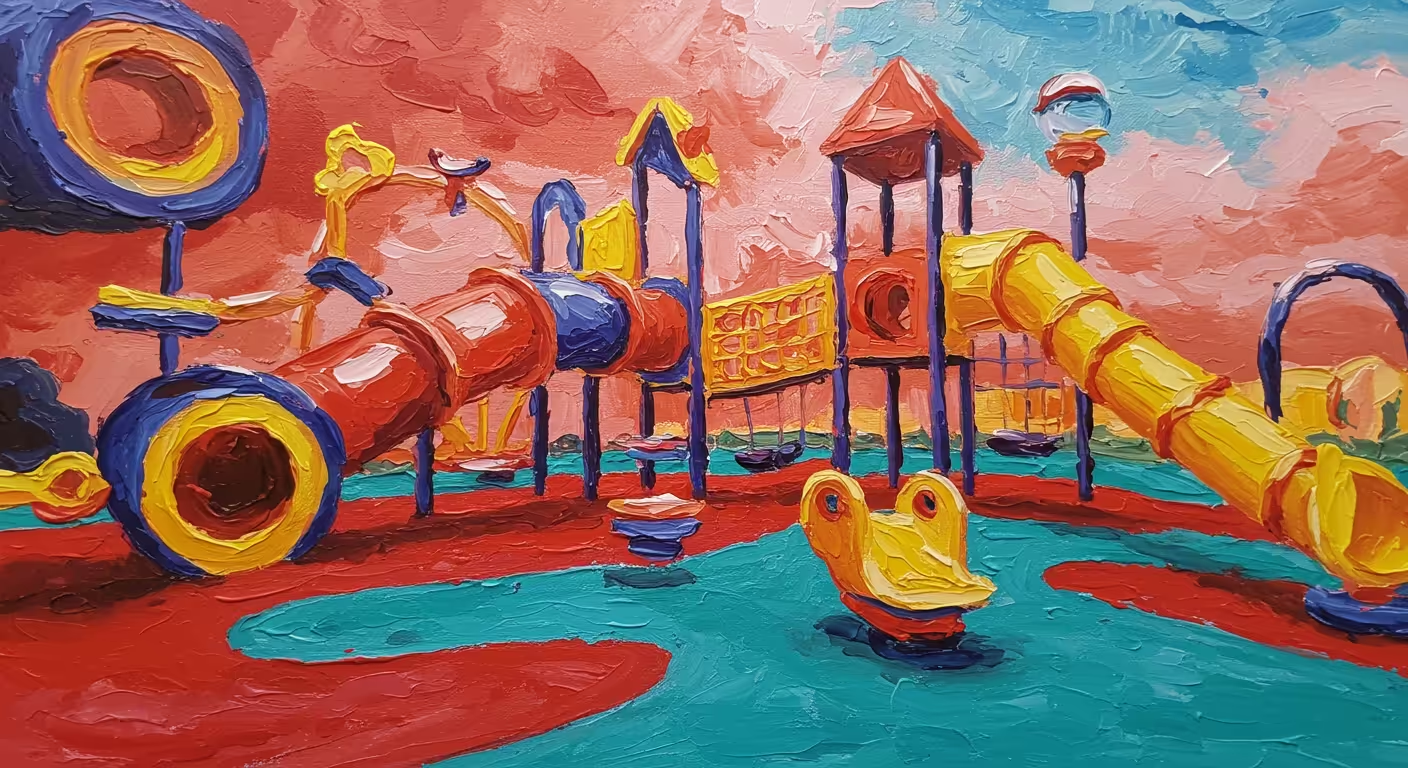- Sections
- Ruby
- Web Development
- Artificial Intelligence
- Urban Planning
- Astronomy
- Issue Navigation
- Previous Issue
- Next Issue
Tuesday, July 01, 2025
The Digital Press
All the Bits Fit to Print
Tuesday, July 01, 2025
All the Bits Fit to Print
The history and impact of experimental and junk playgrounds on child creativity and play.

Experimental playgrounds, popular in the mid-20th century, allowed children to engage in creative, risky play like building, cooking, and experimenting with fire under adult supervision. These spaces fostered cooperation, imagination, and self-governance but have largely been replaced by safer, commercialized playgrounds.
Why it matters: Experimental playgrounds nurtured creativity, social skills, and independence, contrasting sharply with today's risk-averse play areas.
The big picture: These playgrounds reflected post-war social ideals and offered a counter-narrative to authoritarianism through free, supervised play.
The other side: Modern playgrounds prioritize safety and liability, often at the cost of limiting imaginative and physically challenging play.
Commenters say: Readers appreciate the historical insight and size of these playgrounds, noting a longing for immersive, large-scale play experiences like Minecraft and larp today.